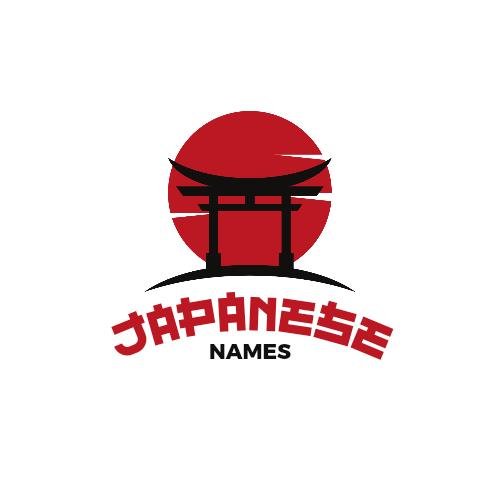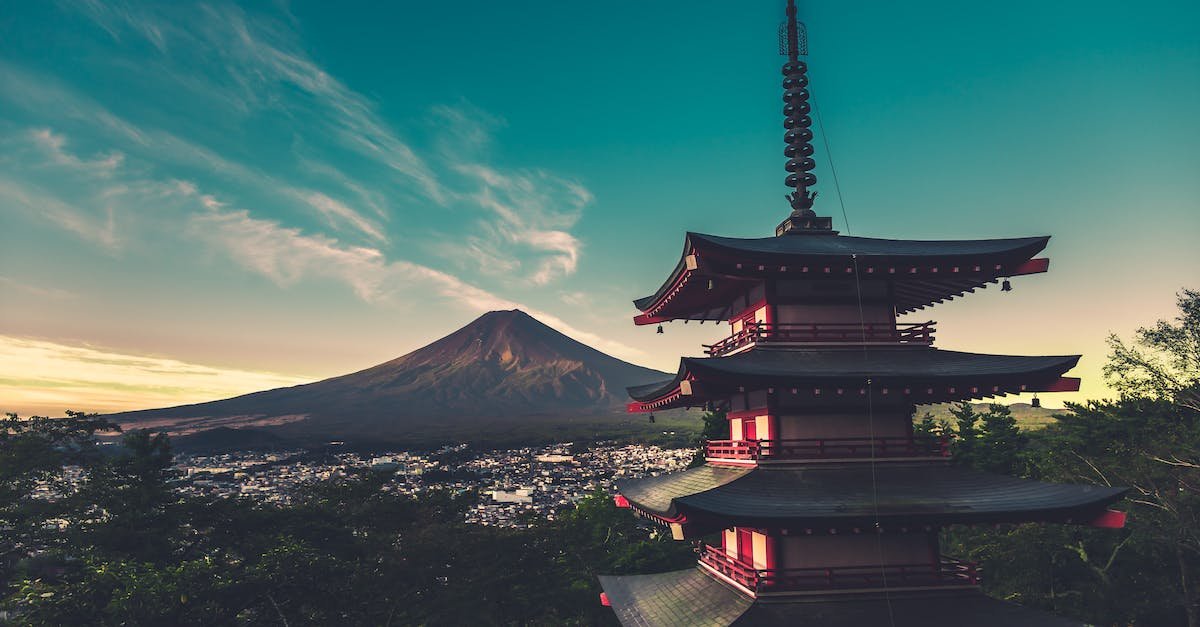This post contains affiliate links. See the affiliate disclaimer here.
Japan is an island nation in East Asia, consisting of over 14,000 islands of various sizes and shapes. Some of these islands have unique and interesting names that reflect their history, culture, geography, or mythology. In this article, we will explore some of the meanings and origins of the names of Japanese islands.

The Four Main Islands of Japan
Japan is an archipelago consisting of a large number of islands. The country is known for its four main islands, which are the backbone of its geography and are integral to its cultural and historical identity.
Hokkaido
The northernmost of Japan’s main islands, Hokkaido is known for its volcanic landscapes, national parks, and ski resorts. It is also the name of the surrounding prefecture.
Hokkaido is the northernmost and second-largest main island of Japan and the only one that is not part of the Honshu-Shikoku-Kyushu system.
The name Hokkaido means “Northern Sea Circuit” or “Northern Sea Road”, and was given by the Meiji government in 1869 to unify the various names used by the indigenous Ainu people, such as Ezo, Yezo, or Yesso. The Ainu name for Hokkaido is Ainu Moshir, which means “Land of the Ainu”.
Honshu
Honshu is the largest and most populous island of Japan, hosting the country’s capital, Tokyo, as well as other major cities such as Kyoto, Osaka, and Hiroshima. It’s the economic and cultural heart of the country.
The name Honshu means “Main Province” or “Mainland”, and was derived from the ancient name Honshū, which means “Main Region”. Honshu is also known as the Japanese Archipelago or the Japanese Mainland.
Shikoku
Shikoku is the smallest and least populous of the four main islands. It is famous for its 88-temple pilgrimage associated with the Buddhist monk Kukai.
The name Shikoku means “Four Provinces” or “Four Countries”, and refers to the four historical regions that make up the island: Awa, Tosa, Sanuki, and Iyo. Shikoku is also known as the Island of 88 Temples, because of the famous pilgrimage route that circles the island and visits 88 Buddhist temples.
Kyushu
Kyushu, located in the southwest, is known for its active volcanoes, beaches, and natural hot springs. It includes major cities like Fukuoka and Nagasaki.
Kyushu is the third largest and second most populous main island of Japan, and the closest one to the Asian continent. The name Kyushu means “Nine Provinces” or “Nine States”, and refers to the nine ancient regions that make up the island: Chikuzen, Chikugo, Hizen, Higo, Buzen, Bungo, Hyuga, Osumi, and Satsuma. Kyushu is also known as the Land of Fire, because of the many active volcanoes and hot springs that dot the island.
Other Notable Islands
Okinawa
Okinawa is the principal island of the Ryukyu Islands and is known for its unique culture, subtropical climate, and distinct history as the Ryukyu Kingdom before its annexation by Japan.
Okinawa is the largest and most populous island of the Ryukyu Islands, a chain of subtropical islands that stretches from Kyushu to Taiwan. The name Okinawa means “Rope in the Open Sea” or “Rope of Islands”, and refers to the shape and location of the island chain.
The Ryukyu Islands were once an independent kingdom with its own culture and language, and Okinawa was its center and capital. Okinawa is also known as the Island of Karate, because of the origin and development of the martial art on the island.
The Nanpō and Nansei Archipelagos
- These are two extended archipelagos. The Nanpō Archipelago extends south of Tokyo, while the Nansei Archipelago stretches between Kyushu and Taiwan, encompassing the Ryukyu Islands.
Islands in the Seto Inland Sea
The Seto Inland Sea is home to around 3,000 islands, which lie between Honshu, Shikoku, and Kyushu. These islands vary in size and are often known for their scenic beauty and historical significance.
Some of the well-known islands in this area include Naoshima, famous for its contemporary art museums, and Miyajima, known for the iconic Itsukushima Shrine with its floating torii gate.
Disputed Islands
The Senkaku Islands
- Also known as the Diaoyu Islands, these are a group of uninhabited islands in the East China Sea. They are the subject of a territorial dispute between Japan, China, and Taiwan.
Kuril Islands
- This archipelago is located in the Northern Pacific and is the subject of a territorial dispute between Japan and Russia. The sovereignty over these islands has been contested since the end of World War II.
Sub-Antarctic Islands
The Bonin Islands (Ogasawara Islands)
These islands are a remote archipelago located over 1,000 kilometers south of Tokyo. They are known for their unique wildlife and were recognized as a UNESCO World Heritage Site due to their rich biodiversity.
Located about 1000 kilometers south of Tokyo, the Ogasawara Islands are a captivating cluster that should definitely be on your bucket list. Technically under the administration of Tokyo, these islands offer a unique and diverse experience that sets them apart from other destinations in Japan.
The Ogasawara Islands consist of several islands, with Chichijima (Father Island) and Hahajima (Mother Island) being the only two inhabited ones. This remote archipelago boasts a subtropical climate, similar to that of its neighbor Okinawa, making it a pleasant destination with warm temperatures throughout the year.
What makes the Ogasawara Islands truly special is their nickname—the “Galapagos of the Orient.” This is due to the island’s abundance of unique plants, animals, and wildlife, many of which are endemic to the area. Exploring the islands offers an incredible opportunity to witness biodiversity in action and encounter species found nowhere else in the world.
Conclusion
Japan’s islands offer a diverse array of landscapes, climates, and cultures. From the snowy reaches of Hokkaido to the subtropical beaches of Okinawa, the Japanese archipelago encompasses a wide range of natural and cultural wonders.
Each island has its own unique identity and story, contributing to the rich tapestry that is Japan’s national heritage. Whether it’s the bustling metropolis of Honshu or the tranquil retreats in the Seto Inland Sea, Japan’s islands continue to fascinate and enchant visitors from around the world.
Unraveling the Stories Behind Japanese Island Names
Have you ever wondered how the Japanese islands got their names? Each island in Japan has a unique story behind its name, influenced by historical events, natural features, or local legends. Let’s explore some intriguing island names and their fascinating origins.
Hachijōjima: The Exile Island
One of the most notable islands with an intriguing name is Hachijōjima. Located approximately 300 km off Tokyo, Hachijōjima served as a place for political exiles in the past. The island’s name, “Hachijō,” loosely translates to “eight islands,” referring to the island’s rugged and mountainous terrain, which gives an illusion of multiple islands when viewed from afar. The suffix “jima” means “island” in Japanese.
Chichijima: The Father Island
Another captivating island name is Chichijima, which is part of the Ogasawara Islands. “Chichi” translates to “father” in Japanese. According to local legend, the island was named after a rock formation that resembles the shape of a father’s head when viewed from the sea. Over time, the name Chichijima became associated with the entire island.
Izu Ōshima: The Large Island of Izu
Izu Ōshima, the largest island in the Izu archipelago, gets its name from its location in the Izu Islands and the word “Oshima,” meaning “large island” in Japanese. With its beautiful landscapes, volcanic features, and hot springs, Izu Ōshima is a popular destination for nature enthusiasts and hikers.
Aogashima: The Blue Island
Aogashima is a volcanic island located in the Philippine Sea. Its name, “Aogashima,” translates to “blue island” in Japanese. The island is renowned for its unique geographical features, including a volcanic crater within a crater. The vivid blue color of the ocean surrounding Aogashima adds to its mesmerizing beauty.
Frequently Asked Questions
What are the Ogasawara Islands?
The Ogasawara Islands, also known as the Bonin Islands, are a remote cluster of volcanic islands located in the Pacific Ocean, about 1,000 kilometers south of Tokyo, Japan.
Which islands are inhabited in the Ogasawara Islands?
Chichijima and Hahajima are the two inhabited islands in the Ogasawara Islands.
What can visitors experience on Chichijima?
Chichijima offers a rich ecosystem, picturesque landscapes, stunning beaches, and plenty of outdoor activities, such as whale watching and swimming with dolphins.
What can visitors experience on Hahajima?
Hahajima offers a tranquil escape with lush forests, scenic trails, and hidden waterfalls.
What activities can visitors enjoy on both islands?
Visitors to both islands can enjoy exploring the unique charm and natural beauty, as well as engaging in various outdoor activities like hiking, snorkeling, and wildlife spotting.

